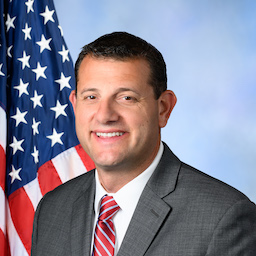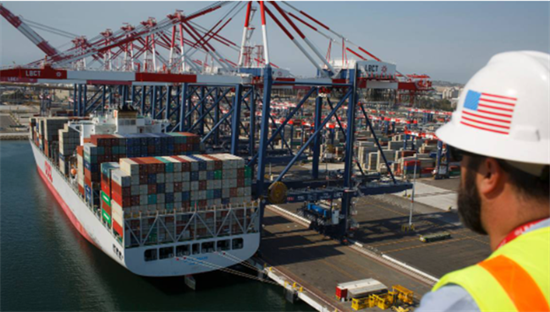- Home
- About
-
Services
- Art Competition
- Community Project Funding Map
- Congressional App Contest
- Congressional Certificate
- Event Request
- Flag Request
- Grants
- Grant Letters of Support
- Help with a Federal Agency
- Inauguration
- Internships
- Kids Page
- Meeting Request
- Service Academy Nominations
- Tour Requests
- Vietnam Veteran Commemoration
- Government Shutdown FAQ
- Issues
- Media
- Contact

In the News
A Trade port in the San Joaquin Valley means 100k new jobs, cleaner airFresno Bee Op-Ed
Washington,
April 2, 2022
Tags:
Transportation
The California Inland Port is a project that enjoys bipartisan support — something rare in these hyper partisan times. It is a global model for supply chain efficiency, clean logistics and economic development. This project would mean cleaner air, less greenhouse gas emissions (GHGs), reduced traffic, and 100,000 new jobs in the San Joaquin Valley.
Read the Op-Ed in the Fresno Bee The California Inland Port is a project that enjoys bipartisan support – something rare in these hyper-partisan times. It is a global model for supply chain efficiency, clean logistics, and economic development. This project would mean cleaner air, less greenhouse gas emissions (GHGs), reduced traffic, and 100,000 new jobs in the San Joaquin Valley. The project is a paradigm shift for how we move cargo in California. The equivalent of more than 1.1 million container boxes are moved annually through the San Joaquin Valley, to and from the Ports of Los Angeles and Long Beach. That is more than all the cargo that moves through the Port of Miami. Today, all of this cargo moves via diesel-powered trucks. Consumer goods arrive at the ports in containers which are unloaded, then moved north. Agricultural exports move to the ports via truck, where they are containerized for export. This can be done by incorporating rail, electric and hydrogen-powered trucks, and other evolving fuel technologies with the existing truck force that relies on traditional fuels. Having a diverse approach would greatly reduce Valley air pollution as well as GHGs. Analysis from the San Joaquin Valley Air Pollution Control District shows that the project could reduce NOX pollution by 84 percent and GHGs by 93 percent. That is welcome news for Valley residents, industry, and agriculture. The California Inland Port is envisioned not just as a comprehensive north-south goods movement system but also as an economic game-changer for the San Joaquin Valley. Four major trade ports would house multi-modal goods movement facilities and serve as private sector investment magnets with distribution facilities, e-commerce operations, durable and non-durable goods manufacturing, workforce training centers, research facilities, and retail operations to serve the tens of thousands of workers at each port. The system also envisions six to eight satellite ports, smaller facilities to help consolidate goods movement and enhance economic competitiveness in virtually every county in the Valley. Total projected investment in the system is forecasted at about $15 billion, with about 1 percent of that in catalyst infrastructure funding by the public sector and the rest of it coming from the private sector. There are still many phases and hurdles this project must overcome before it becomes a reality for the Central Valley. So, why are we writing this now? Given the severe national supply chain issues we are facing, the critical need to improve our air quality and reduce emissions, and the urgent need to expand economic opportunity for Valley residents, we support fast-tracking construction of the backbone of the system. We envision this as a system that would include two initial trade ports, one in the north and the other in the center of the Valley, to become operational in 2024, with the rest of the system to be built out over the ensuing years. Seldom do we see a project with so many benefits for the Valley, the state and the nation. We should approach it with a sense of urgency. . |

